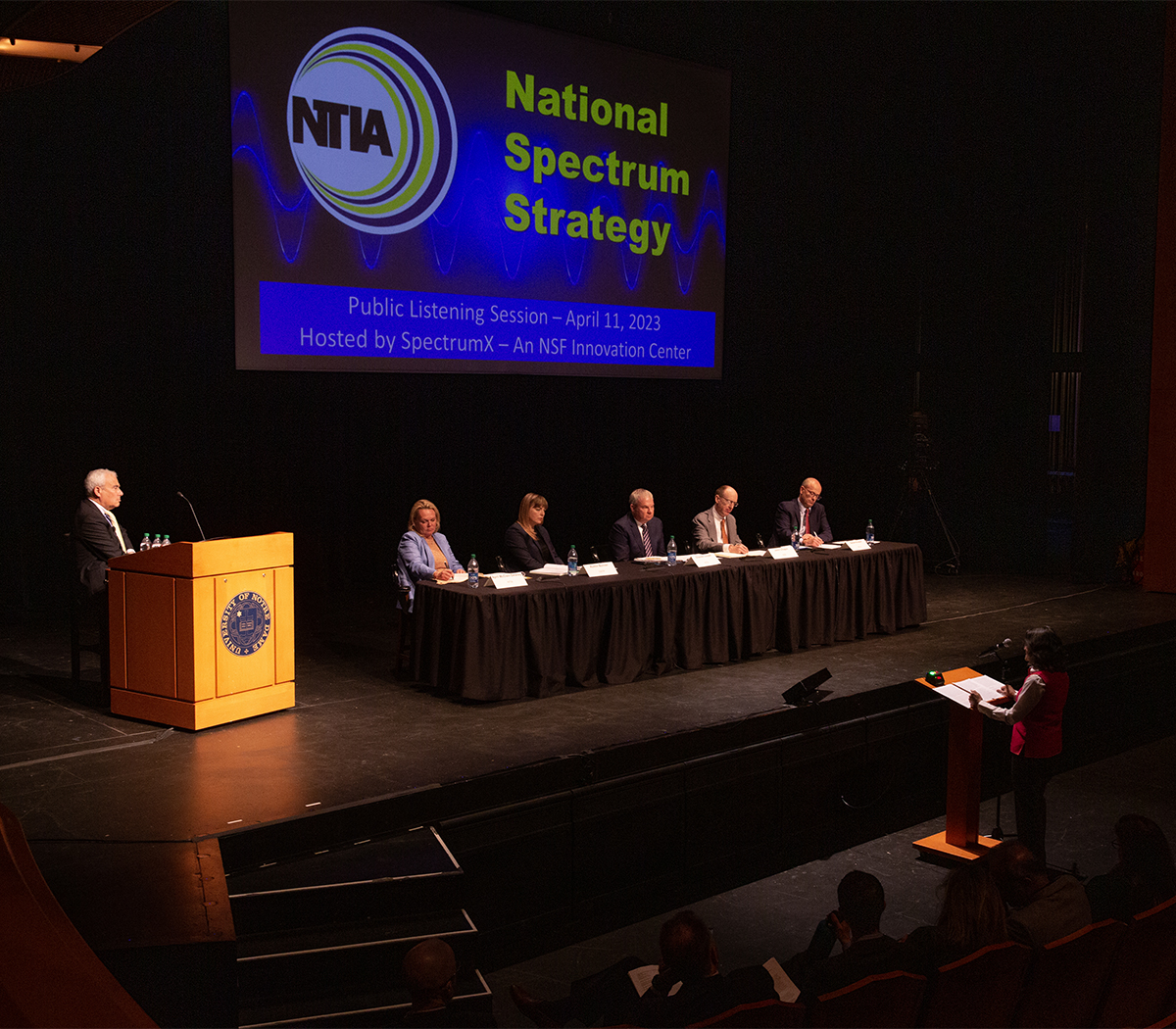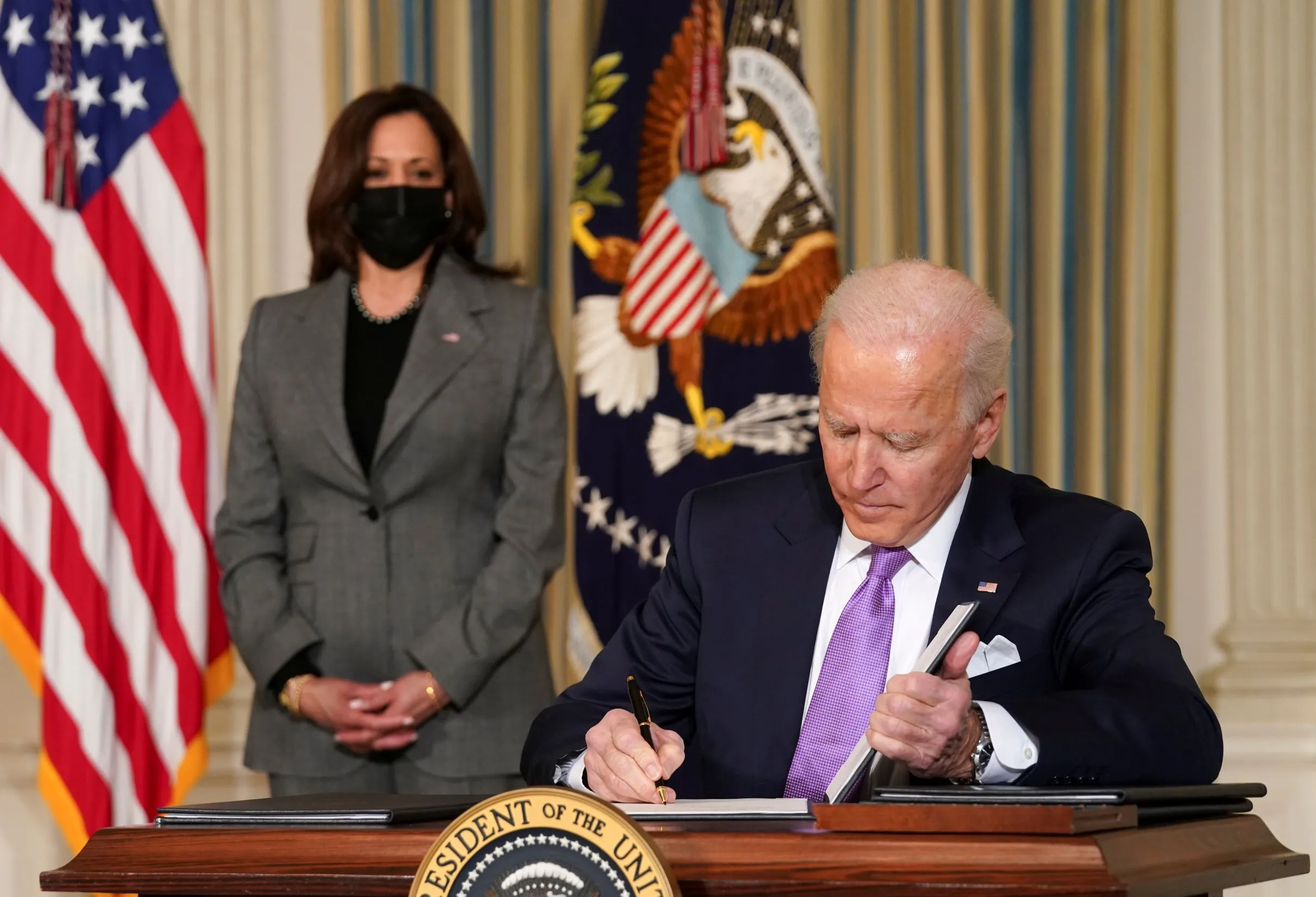The Biden administration disclosed a comprehensive schedule on Tuesday for evaluating significant government-owned spectrum to support the expansion of wireless and other technological applications.
The National Telecommunications and Information Administration (NTIA) of the Commerce Department outlined specific timelines for analyzing various spectrum bands, including potential repacking, compression, and relocation of federal systems like airborne radars in the Lower 3 GHz band to facilitate commercial utilization.
The Lower 3 GHz and 7/8 GHz spectrum band studies are expected to conclude by October 2026.

According to the implementation plan reported the objective is to balance the spectrum access required for federal agency operations with the growing demands of the private sector to maintain competitiveness and stimulate economic growth.
NTIA Administrator Alan Davidson stressed the importance of a step-by-step strategy to fulfill this mission, acknowledging spectrum as a precious national resource.
The surge in demand for spectrum stems from technological advancements in areas like drones, self-driving vehicles, and precision agriculture, along with the unprecedented increase in mobile U.S. wireless data traffic, which rose by 38% in 2022.

To address this, two senators proposed legislation mandating NTIA to identify at least 2,500 megahertz of mid-band spectrum for reallocation from federal to non-governmental or shared use within the next five years.
However, concerns have been raised about potentially stripping the Defense Department of spectrum used for military radar systems to accommodate commercial wireless. Last month, three senators urged the Biden administration to carefully consider the implications before reallocating spectrum.
The administration’s approach emphasizes the importance of finding a balance between meeting the evolving needs of both the federal government and the private sector in the increasingly spectrum-dependent technological landscape.




